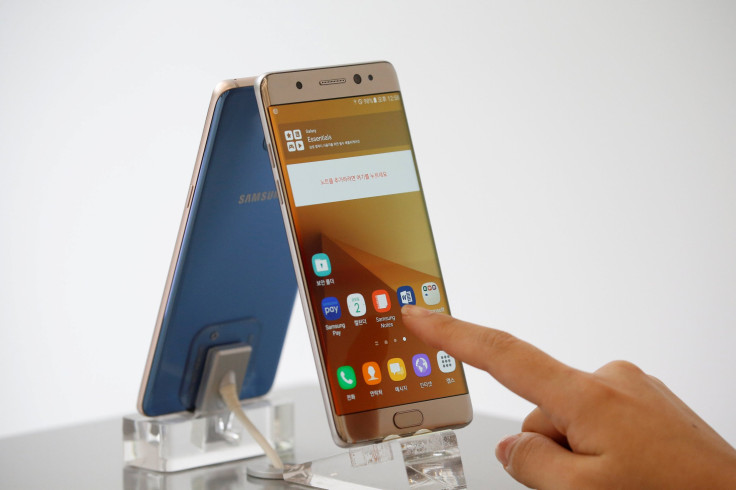South Korean government looks into Samsung Galaxy Note 7 debacle

The government of South Korea has begun conducting an investigation to find out what exactly makes the Samsung Galaxy Note 7 handsets catch fire, which led the giant phone manufacturer to halt the production and distribution of the fiery model just over a week ago.
According to the Yonhap New Agency’s sources, a government-owned testing and certification company called Korea Testing Laboratory is closely studying five Samsung smartphones that have caught fire in South Korea.
Korea Testing Laboratory will not only check on the batteries, but will also utilise modern technologies such as X-ray and computerised tomography to look for the root cause of the Galaxy Note 7’s problems.
“We have handed over the phones (that caught fire) to KTL and will cooperate with their investigation, but we can't just sit and wait for its result," said a Samsung representative, adding that the electronics conglomerate has been "mobilising all possible resources to find the exact cause of the problems as soon as possible.”
Samsung is also contemplating on performing tests on the defective devices possessed by the United States Consumer Product Safety Commission, which has previously conducted two Galaxy Note 7 recalls. The South Korean tech giant badly needs to repair its brand image before releasing new products like the Samsung Galaxy S8 to regain the trust and confidence of its consumers. Even the Galaxy Note 7 replacement handsets suffered from the same battery overheating problems, causing the company further backlash and expenses.
Samsung’s financial losses due to the Galaxy Note 7 debacle alone could reach up to US$17 billion (AU$22 billion). Last Wednesday, the firm lowered its sales forecast for the months of July, August and September, going from US$6.86 billion (AU$9 billion) down to US$4.6 billion (AU$6 billion). Two days later, it released a forecast of the projected lost revenue for the next two quarters, amounting to US$3.1 billion (AU$4.1 billion).





















